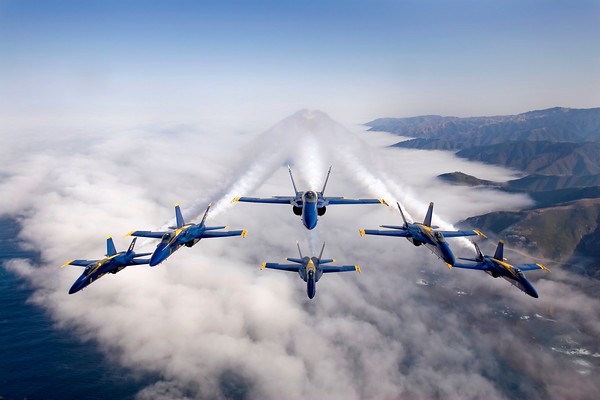Aerial Photography Aerial photographs are usually taken from a helicopter or an aircraft. Helicopters offer much more motility and stability and also their door can be removed for more freedom of movement. Yet, choppers can be quite expensive, so prepare well before the flight. At higher altitudes, determining exposure can get a little difficult. Therefore, take a reading before going up and make sure to keep your shutter speed high to avoid blurriness which might occur due to aircraft vibrations. Stuff to Remember
- Fixed-wing airplanes and helicopters both vibrate a lot so make sure that neither your body nor the camera is resting against the aircraft’s frame. Much of the vibrations will be absorbed by your body if you lean a little forward, away from the seatback and gather your elbows into your sides. Also, keep your shutter speed 1/500th or faster.
- The higher you go, the trickier it becomes to get a precise reading for exposure. Clouds and haze will reflect the sunlight into your lens showing much brighter light than what exists on the grounds.
- Since zoom lenses have a high optical quality these days, use them exclusively for aerial photography. It is difficult to communicate in the flight and the aerial flight time is also expensive; so in order to crop accurately using a zoom lens means that there is a lot less time for shooting a specific sight. If you decide to take off the helicopter door for more movement, make sure that you have your seat belt buckle shut. These buckles can easily flip open, so tie them down.


